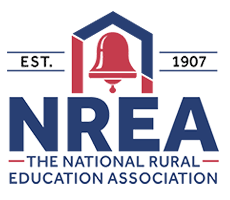Abstract
Many issues influence reform in teacher preparation including national accountability efforts, professional teaching standards, and local or regional factors. This study examines a rurally-located teacher education program’s efforts to reform clinical preparation through co-teaching. Researchers argue that their adaption of the typical one-to-one (1:1) model of co-teaching to a two-to-one (2:1) model, where two teacher candidates work collaboratively with one cooperating teacher, greatly enhances the student teaching experience. This phenomenological research describes the first year of implementation. Despite cooperating teacher concerns about teacher candidates being prepared for their own classrooms, student teachers learned valuable lessons in collaboration and co-planning, built strong relationships with peers and cooperating teachers, and greatly impacted K-6 student learning. Implications suggest a 2:1 co-teaching model of student teaching allows for fewer placements, which ultimately allows selection of quality cooperating teachers who mentor teacher candidates in powerful ways.
Creative Commons License

This work is licensed under a Creative Commons Attribution 4.0 International License.
Recommended Citation
Tschida, C. M.,
Smith, J. J.,
&
Fogarty, E. A.
(2016).
“It Just Works Better”: Introducing the 2:1 Model of Co-Teaching in Teacher Preparation.
The Rural Educator, 36(2), 11-26.
https://doi.org/10.35608/ruraled.v36i2.340



